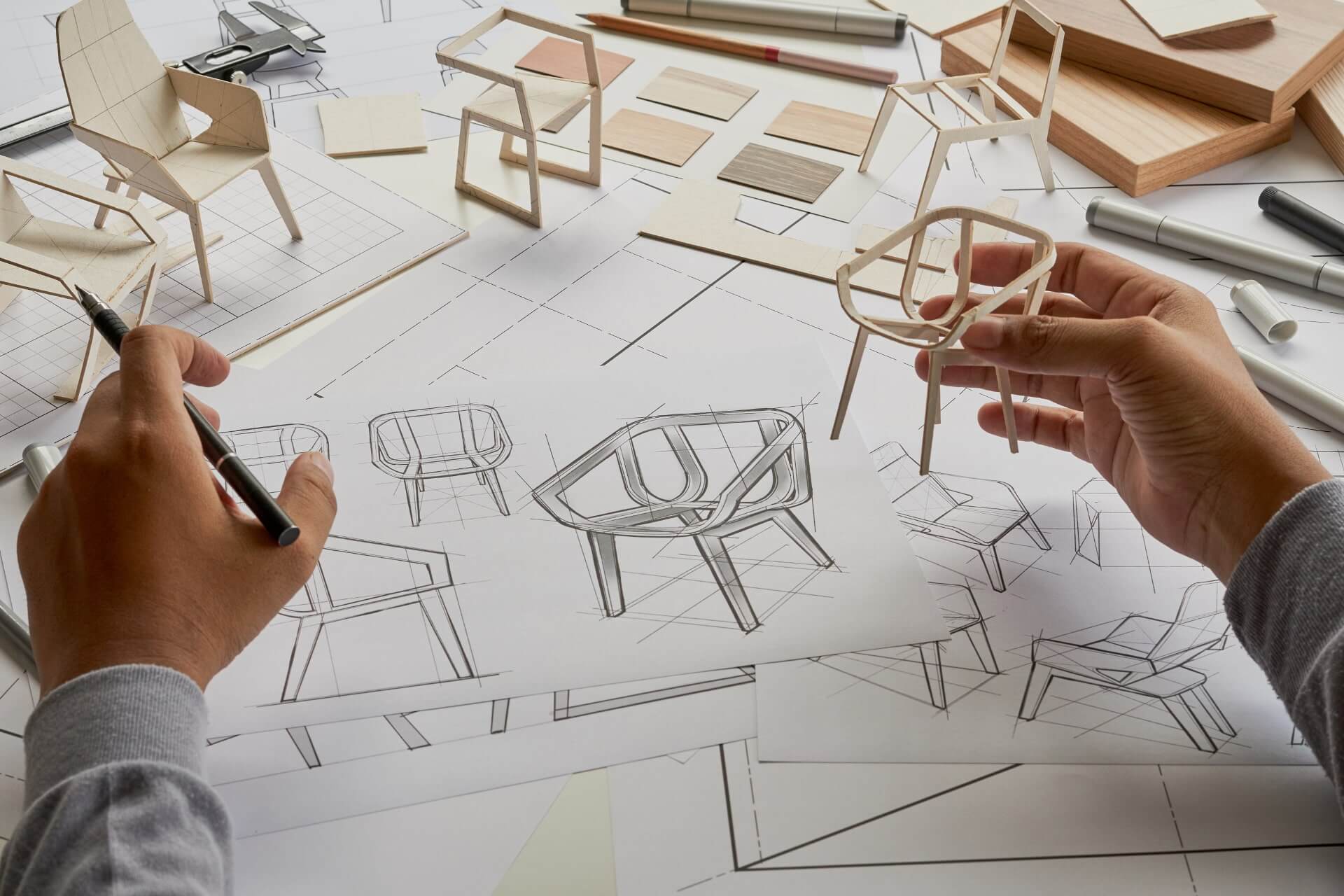

Articles
How To Become A Furniture Designer
Modified: September 2, 2024
Learn how to become a skilled furniture designer and unleash your creative potential in this step-by-step guide. Discover the secrets to crafting beautiful and functional pieces for any space.
(Many of the links in this article redirect to a specific reviewed product. Your purchase of these products through affiliate links helps to generate commission for Storables.com, at no extra cost. Learn more)
Introduction
Have you ever admired a beautifully designed piece of furniture and thought, “I wish I could do that”? Well, becoming a furniture designer is not an unattainable dream. With the right education, training, skills, and passion, you can turn your love for furniture into a rewarding career.
Furniture design is an exciting field that combines creativity, craftsmanship, functionality, and aesthetics. As a furniture designer, you have the opportunity to create unique and innovative pieces that can transform a space and enhance people’s lives.
In this article, we will discuss the steps you can take to become a successful furniture designer. From education and training to practical experience and establishing a career, we will explore the journey that awaits you in this dynamic industry.
So, let’s dive in and discover the path to becoming a furniture designer!
Key Takeaways:
- Education, practical experience, and networking are essential for aspiring furniture designers. From formal education to building a portfolio and staying updated with design trends, a well-rounded approach is crucial for success.
- Aspiring furniture designers should consider starting their own design business to have full creative control. Crafting a strong brand, defining a niche, and continually innovating are key steps to thrive in the industry.
Education and Training
One of the first steps towards becoming a furniture designer is to acquire the necessary education and training. While there is no one specific educational path to follow, there are several options available to help you develop the skills and knowledge needed in this field.
1. College or University Programs: Many colleges and universities offer programs in furniture design, industrial design, or fine arts. These programs provide a comprehensive education in design principles, materials, manufacturing processes, and design software. They also provide opportunities to work on projects and collaborate with other students and professionals in the industry.
2. Vocational and Trade Schools: Vocational and trade schools offer specialized programs focused on furniture design and craftsmanship. These programs provide hands-on training in woodworking techniques, furniture construction, and furniture finishing. They often have smaller class sizes, allowing for more individualized attention and practical experience.
3. Apprenticeships and Internships: Another valuable option is to seek apprenticeships or internships with experienced furniture designers or design firms. This allows you to learn directly from professionals in the field, gaining practical skills and industry insights. It is a great way to bridge the gap between theoretical learning and real-world application.
4. Continuing Education and Workshops: Even after completing your formal education, it is important to continue learning and honing your skills. Consider attending workshops, seminars, and conferences that focus on furniture design and related disciplines. These events provide opportunities to learn from industry experts, stay updated on new techniques and trends, and network with other professionals.
Remember, while formal education is valuable, self-directed learning and hands-on practice are equally important. Take advantage of online resources, books, and tutorials to expand your knowledge and experiment with different design techniques.
Having a strong foundation in design principles, materials, and techniques will provide a solid framework for your journey as a furniture designer. It will also create a platform from which you can explore your unique style and express your creativity.
Acquiring Design Skills
Design skills are essential for any aspiring furniture designer. To excel in this field, it’s important to develop a strong understanding of design principles and concepts. Here are some strategies to acquire and enhance your design skills:
1. Study Design Principles: Start by familiarizing yourself with the fundamental principles of design, such as balance, proportion, scale, and harmony. Understand how these principles apply to furniture design and how they can influence the overall aesthetic and functionality of a piece.
2. Explore Different Styles: Study various furniture design styles throughout history and modern design trends. Analyze the characteristics and elements of each style to gain inspiration and expand your design vocabulary. This knowledge will help you develop a well-rounded design perspective.
3. Experiment with Materials and Techniques: Explore different materials and techniques commonly used in furniture design. Practice working with wood, metal, glass, fabric, and other materials to understand their properties and capabilities. Experiment with different joinery methods, finishes, and upholstery techniques to broaden your skillset.
4. Develop Technical Drawing Skills: Technical drawing is an integral part of furniture design. Learn to create accurate and detailed drawings that communicate your design ideas effectively. Familiarize yourself with drafting tools and software programs commonly used in the industry.
5. Embrace Digital Tools: In today’s digital age, it is crucial to be proficient in computer-aided design (CAD) software. Learn programs like AutoCAD, SketchUp, or SolidWorks to create 3D models and renderings of your designs. These tools not only help you visualize your ideas but also facilitate communication with manufacturers and clients.
6. Observe and Analyze Existing Designs: Study different furniture pieces, both classic and contemporary. Analyze their construction techniques, materials, and design features. Understanding successful designs can inspire your own creative ideas and help you learn from established craftsmen and designers.
7. Seek Feedback: Share your work with peers, mentors, and design professionals to receive constructive feedback. Critiques and suggestions from others can help you improve your designs and develop a critical eye for your own work.
Remember, acquiring design skills is an ongoing process. Continuously challenge yourself to learn and grow as a designer. Attend design exhibitions, visit museums, and engage in conversations with other designers to stay inspired and informed about the latest trends and innovations in the industry.
By honing your design skills, you will be able to create furniture pieces that are not only visually appealing but also functional, ergonomic, and timeless in their design.
Gaining Practical Experience
While education and design skills are crucial, practical experience is equally important in becoming a successful furniture designer. Here are some effective ways to gain hands-on experience in the field:
1. Workshops and Classes: Participate in workshops and classes focused specifically on furniture-making. These hands-on experiences provide opportunities to learn from experienced craftsmen and acquire practical skills in woodworking, joinery, and furniture construction techniques.
2. Volunteer or Part-time Work: Look for local furniture makers, artisans, or design studios where you can volunteer or work part-time. This allows you to immerse yourself in the practical aspects of furniture design, observe professionals in action, and gain invaluable real-world experience.
3. Collaborate with Others: Seek opportunities to collaborate with fellow designers, woodworkers, or artists. Working on collaborative projects not only helps you expand your network but also exposes you to different design styles and approaches. It teaches you negotiation, teamwork, and communication skills that are essential in the industry.
4. Freelance or Commissioned Work: Consider taking on freelance projects or commissioned work. This allows you to work directly with clients and gain experience in designing customized furniture pieces. Dealing with clients’ requirements and preferences will enhance your problem-solving skills and client management abilities.
5. Enter Design Competitions: Participate in design competitions focused on furniture design. These competitions provide opportunities to showcase your skills, gain recognition, and receive feedback from industry professionals. It also pushes you to think creatively and experiment with new design concepts.
6. Join Design Organizations: Become a member of design organizations or associations that focus on furniture design. These communities provide networking opportunities, industry resources, and access to design events and exhibitions. Networking with fellow designers can open doors to potential collaborations and job opportunities.
Remember, practical experience not only hones your skills but also helps you understand the practical constraints and considerations of furniture design. It allows you to develop a deeper understanding of materials, manufacturing processes, and cost implications, all of which are crucial in creating functional and marketable furniture pieces.
Furthermore, building a portfolio of your work is essential to showcase your practical experience. It serves as a visual representation of your skills, creativity, and design aesthetics. Include high-quality images, detailed descriptions, and a variety of projects that highlight your versatility as a furniture designer.
By gaining practical experience, you will not only enhance your design abilities but also build a strong foundation for a successful career in furniture design.
Building a Portfolio
A strong and well-curated portfolio is a crucial tool for a furniture designer. It showcases your skills, creativity, and design aesthetic to potential employers, clients, and collaborators. Here are some key steps to build an impressive portfolio:
1. Select Your Best Work: Choose a selection of your best and most representative work to include in your portfolio. Demonstrate your range by including a variety of projects that showcase different styles, materials, and techniques.
2. Quality Photography: Invest in high-quality photography to capture your designs. Good lighting and proper angles will help highlight the craftsmanship and details of your work. If possible, include multiple views of each piece to showcase different angles and close-up shots.
3. Provide Descriptions: Accompany each project or piece with a detailed description. Explain the inspiration behind the design, the materials used, and any unique features. Talk about the challenges you faced and how you overcame them. This information will provide context and insight into your design process.
4. Showcase Design Process: Consider including sketches, technical drawings, and renderings to demonstrate your design process. This gives viewers a glimpse into how you approach a project and helps them understand your thinking and problem-solving abilities.
5. Include Client Feedback: If you have client testimonials or positive feedback about your work, include them in your portfolio. They provide credibility and reassurance to potential clients or employers about your ability to deliver quality work.
6. Online Presence: In addition to a physical portfolio, it’s important to have an online presence. Create a professional website or use online platforms specifically designed for showcasing design portfolios. This allows easy access for people to view your work and increases your visibility in the design community.
7. Stay Updated: Regularly update your portfolio with new projects and remove older pieces that no longer reflect your current style or skill level. Continuously strive to improve your work and showcase your growth and progress as a furniture designer.
Remember, your portfolio should not only display your technical skills but also reflect your design vision, creativity, and ability to understand the needs of your target audience. It should communicate your unique style and the value you bring as a furniture designer.
Lastly, don’t underestimate the power of presentation. Arrange your portfolio in a visually appealing and organized manner. Consider the flow of the projects and create a cohesive narrative that engages the viewer. Pay attention to details such as typography and layout to ensure a professional and polished presentation.
A well-built portfolio is not only a reflection of your talent but also a powerful tool that opens doors to career opportunities and collaborations in the world of furniture design.
Tip: Gain experience through internships or apprenticeships with established furniture designers to learn the industry and develop your skills. Networking and building a strong portfolio are also essential for success in this field.
Networking and Establishing Contacts
In the world of furniture design, networking and establishing contacts are vital for building a successful career. Networking not only allows you to connect with industry professionals but also opens doors to new opportunities and collaborations. Here are some effective strategies to expand your network:
1. Attend Design Events and Exhibitions: Participate in design events, trade shows, and furniture exhibitions. These events provide valuable opportunities to connect with other designers, manufacturers, suppliers, and potential clients. Take the time to explore the exhibition and engage in conversations with fellow attendees.
2. Join Design Organizations: Become a member of design organizations or associations specifically focused on furniture design. These communities provide a platform for networking, knowledge sharing, and staying updated on industry trends. Attend meetings, seminars, and workshops hosted by these organizations to meet like-minded professionals.
3. Engage in Online Communities: Join online forums, social media groups, and design communities related to furniture design. Engage in discussions, ask questions, and share your work. It’s a great way to connect with designers from around the world, seek advice, and gain exposure.
4. Reach Out to Industry Professionals: Don’t hesitate to reach out to established furniture designers, manufacturers, or design studios that inspire you. Introduce yourself, express your admiration for their work, and show genuine interest in learning from them. This can lead to mentorship opportunities or potential collaborations.
5. Stay Connected with Peers from School or Work: Keep in touch with classmates, professors, or colleagues from previous educational programs or workplaces. They may have their own networks and can provide valuable introductions or refer you to potential clients or employers.
6. Attend Workshops and Training Programs: Enroll in workshops or training programs where you can interact with industry professionals. These events often include networking sessions where you can connect with experts, ask questions, and build relationships with people in the field.
Remember, networking is a two-way street. Don’t just focus on what you can gain from others; be willing to offer your knowledge, skills, and support as well. Building genuine relationships based on mutual respect and collaboration will strengthen your network in the long run.
Furthermore, maintaining your contacts is just as important as establishing them. Stay in touch with your network by reaching out periodically, sharing updates on your work, and offering assistance when needed. Networking is an ongoing process that requires effort and nurturing.
Lastly, don’t underestimate the power of face-to-face interactions. Meeting people in person allows for deeper connections and leaves a lasting impression. Attend industry events whenever possible and make an effort to engage in meaningful conversations.
By actively networking and establishing contacts, you can expand your opportunities as a furniture designer, gain valuable insights, and build a strong support system within the industry.
Finding Employment Opportunities
When you’re ready to take your furniture design career to the next level, finding employment opportunities becomes a top priority. Whether you’re looking for a position in an established design firm or seeking freelance opportunities, here are some strategies to help you find the right employment opportunities:
1. Research and Target Design Firms: Conduct thorough research on design firms that align with your design aesthetic and values. Look for companies that specialize in furniture design or have a dedicated design department. Explore their website, portfolio, and client list to ensure they value quality design.
2. Attend Career Fairs and Exhibitions: Many career fairs and design exhibitions include opportunities to meet potential employers. Attend these events, present your portfolio, and engage in conversations with representatives from design firms. Be prepared to discuss your design philosophy, technical skills, and relevant experience.
3. Build Relationships with Suppliers and Manufacturers: Connect with suppliers and manufacturers in the furniture industry. They often have insights into upcoming projects and might be able to refer you to design firms or provide freelance opportunities. Attend trade shows and industry events where you can meet and network with professionals in the manufacturing sector.
4. Create an Online Presence: Build a strong online presence through a professional website, social media platforms, and online design communities. Showcase your portfolio, share your design process, and engage with others in the industry. This online visibility can attract potential employers and clients who are searching for talented furniture designers.
5. Utilize Job Boards and Design-specific Websites: Explore job boards and websites that focus on design and furniture-related positions. These platforms often feature job postings from design firms and companies searching for talented designers. Regularly check and apply to relevant job listings that match your skills and interests.
6. Reach out to Design Recruiters: Consider reaching out to design recruiters or staffing agencies that specialize in the creative industry. These professionals have connections with design firms and can match your skills with available job opportunities. They can provide guidance, help you refine your portfolio, and assist with the application and interview process.
7. Freelance Platforms and Networking: Explore freelance platforms and online marketplaces that connect freelancers with clients seeking design services. Create a profile showcasing your skills, portfolio, and expertise in furniture design. These platforms can help you find short-term freelance projects or entry-level opportunities that can lead to more long-term employment.
Remember, finding employment opportunities in the design industry may take time and persistence. Don’t get discouraged by rejections or setbacks. Continuously improve your skills, expand your network, and stay updated on industry trends. Keep refining your portfolio and showcasing your unique design perspective.
Lastly, don’t be afraid to cold email or reach out directly to design companies you admire. Express your interest in working with them and share your portfolio. Sometimes, well-crafted outreach can lead to unexpected opportunities.
By actively seeking out employment opportunities, you can take significant strides in your furniture design career and find the right role that aligns with your passion and aspirations.
Starting Your Own Design Business
If you aspire to have full creative control over your furniture designs and manage your own business, starting your own design business could be a rewarding path to pursue. Here are some key steps to guide you in starting your own design business:
1. Define Your Niche: Determine your target market and specialize in a specific niche within the furniture design industry. This could be anything from custom-made furniture for residential spaces to eco-friendly furniture for commercial properties. Identifying your niche helps you differentiate yourself and cater to a specific clientele.
2. Create a Business Plan: Develop a comprehensive business plan that outlines your goals, target market, pricing strategy, marketing plan, and financial projections. A well-thought-out business plan will serve as a roadmap for your design business and help secure funding if needed.
3. Set Up Your Workspace: Establish a dedicated workspace that suits your design needs, whether it’s a home-based studio or a separate workshop. Ensure you have the necessary equipment, tools, and materials to effectively design and produce furniture pieces.
4. Build a Strong Brand: Develop a compelling brand identity that reflects your design aesthetic and values. This includes creating a memorable logo, designing a cohesive visual identity, and crafting a compelling brand story. Your brand should resonate with your target audience and set you apart from the competition.
5. Craft a Portfolio and Catalog: Create a professional portfolio that showcases your best furniture designs. Invest in high-quality photography and consider including mood boards, concept sketches, and technical drawings to demonstrate your design process. Additionally, create a catalog that showcases your available furniture pieces for sale or customization.
6. Establish a Supplier Network: Identify reliable suppliers for materials, hardware, and other components needed for your furniture designs. Build a strong network of suppliers who can provide quality materials at competitive prices. Good relationships with suppliers can help you streamline your production process and ensure consistent quality.
7. Develop a Marketing Strategy: Implement a comprehensive marketing strategy to promote your design business. Utilize digital marketing techniques, such as building a website, utilizing social media platforms, and implementing targeted online advertising. Explore offline marketing opportunities as well, such as participating in local design fairs or hosting open studio events.
8. Build Client Relationships: Cultivate strong relationships with your clients by providing exceptional customer service and delivering high-quality furniture pieces. Communicate with clients regularly, listen to their needs, and offer personalized design solutions. Word-of-mouth recommendations from satisfied clients can be a powerful driver for the growth of your business.
9. Continually Innovate: Stay informed about industry trends, emerging technologies, and new materials. Continually innovate your designs to stay ahead of the competition and meet the evolving needs of your customers. Strive to create unique, functional, and sustainable furniture pieces that resonate with your target market.
10. Manage Financials: Keep a close eye on your finances by tracking expenses, managing cash flow, and setting appropriate pricing for your products. Seek professional guidance to ensure you are compliant with tax regulations and financially sustainable as your business grows.
Starting your own design business requires dedication, passion, and a strong work ethic. Be prepared for the challenges and responsibilities that come with running a business, from managing production and inventory to marketing and client management. However, with careful planning, a unique design aesthetic, and a focus on quality, your own design business can thrive and become a testament to your creativity and entrepreneurial spirit.
Staying Up-to-Date with Design Trends
In the ever-evolving world of furniture design, it’s crucial to stay current with the latest design trends and innovations. Being aware of industry trends not only keeps you informed but also helps you offer fresh and relevant designs to your clients. Here are some effective strategies to stay up-to-date with design trends:
1. Research and Follow Design Publications: Subscribe to design magazines, online publications, and blogs that focus on furniture design and interior trends. These publications often feature articles, interviews, and showcases of the latest design trends, materials, and techniques. Regularly read and analyze these resources to gain insights into emerging styles and concepts.
2. Attend Design Exhibitions and Trade Shows: Design exhibitions and trade shows provide an excellent opportunity to observe and learn about new furniture designs and materials. Attend industry events where designers and manufacturers showcase their latest creations. Interact with exhibitors, ask questions, and gather information about emerging trends.
3. Follow Influential Designers: Identify influential and trendsetting designers in the furniture industry. Follow their social media accounts, subscribe to their newsletters, and study their work. Influential designers often lead the way in pushing boundaries and introducing new design concepts. Drawing inspiration from their work can help you incorporate cutting-edge ideas into your own designs.
4. Engage with Online Design Communities: Join online design communities and forums where designers and industry professionals discuss trends and share ideas. Engage in conversations, ask questions, and contribute your insights. Online platforms like forums, social media groups, and design-specific websites provide a space for learning and exchanging knowledge.
5. Connect with Suppliers and Manufacturers: Build relationships with suppliers and manufacturers in the furniture industry. They have firsthand knowledge of new materials, finishes, and manufacturing techniques. Regularly communicate with suppliers to understand the latest offerings and how they can be incorporated into your designs.
6. Experiment and Push Boundaries: As a furniture designer, don’t be afraid to experiment and push the boundaries of traditional design. Embrace new materials, explore unconventional combinations, and challenge established design norms. This mindset of exploration and innovation can set you apart and keep your designs fresh and cutting-edge.
7. Observe and Analyze Market Trends: Pay attention to the broader market and consumer trends. Analyze popular design styles in the interior design industry, observe the preferences of your target audience, and understand the demands of the market. This knowledge can help you tailor your designs to meet the needs and desires of your clients.
8. Continuing Education and Professional Development: Invest in continuing education and professional development opportunities. Attend workshops, seminars, and webinars focused on design trends and techniques. Participate in courses or certifications that specialize in specific areas of furniture design. This commitment to learning ensures you stay informed and adaptable in an ever-changing design landscape.
Remember, staying up-to-date with design trends is not about blindly following every trend. It’s about understanding the market, being aware of emerging styles, and incorporating them into your designs in a way that aligns with your unique design vision and the preferences of your target audience.
By actively staying abreast of design trends, you can remain competitive, deliver fresh and relevant designs, and continually evolve as a successful furniture designer.
Conclusion
Becoming a successful furniture designer is an exciting and fulfilling journey. It requires a combination of education, training, design skills, practical experience, and a strong network of contacts. By following the steps outlined in this article, you can embark on a path to a thriving career in furniture design.
Start by acquiring the necessary education and training, whether through college programs, vocational schools, or apprenticeships. Develop your design skills by studying design principles, exploring different styles, and experimenting with materials and techniques. Gain practical experience through workshops, collaborations, and freelance work to further refine your skills and understanding of the industry.
Building a strong portfolio is essential to showcase your unique design perspective and attract potential clients or employers. Continuously update and curate your portfolio, emphasizing the quality of your work and the thoughtfulness behind each design. Remember to stay connected with your network, attend design events, and engage with online communities to expand your reach and stay informed about industry trends.
If you aspire to have full creative control over your designs, consider starting your own design business. Craft a solid business plan, establish your brand, and create a strong online and offline presence. Explore various avenues to find employment opportunities or freelance projects, from targeting design firms to participating in job boards and networking events.
Lastly, to thrive as a furniture designer, it’s crucial to stay up-to-date with design trends. Research industry publications, attend exhibitions and trade shows, and connect with influential designers and suppliers. Continuously push boundaries, experiment with new materials and techniques, and meet the evolving demands of the market.
Remember that your journey as a furniture designer is unique to you. Embrace your creativity, express your design vision, and continuously refine your skills. Stay passionate, dedicated, and open to learning and growth. With perseverance and a commitment to excellence, you can forge a successful career in the dynamic world of furniture design.
Frequently Asked Questions about How To Become A Furniture Designer
Was this page helpful?
At Storables.com, we guarantee accurate and reliable information. Our content, validated by Expert Board Contributors, is crafted following stringent Editorial Policies. We're committed to providing you with well-researched, expert-backed insights for all your informational needs.

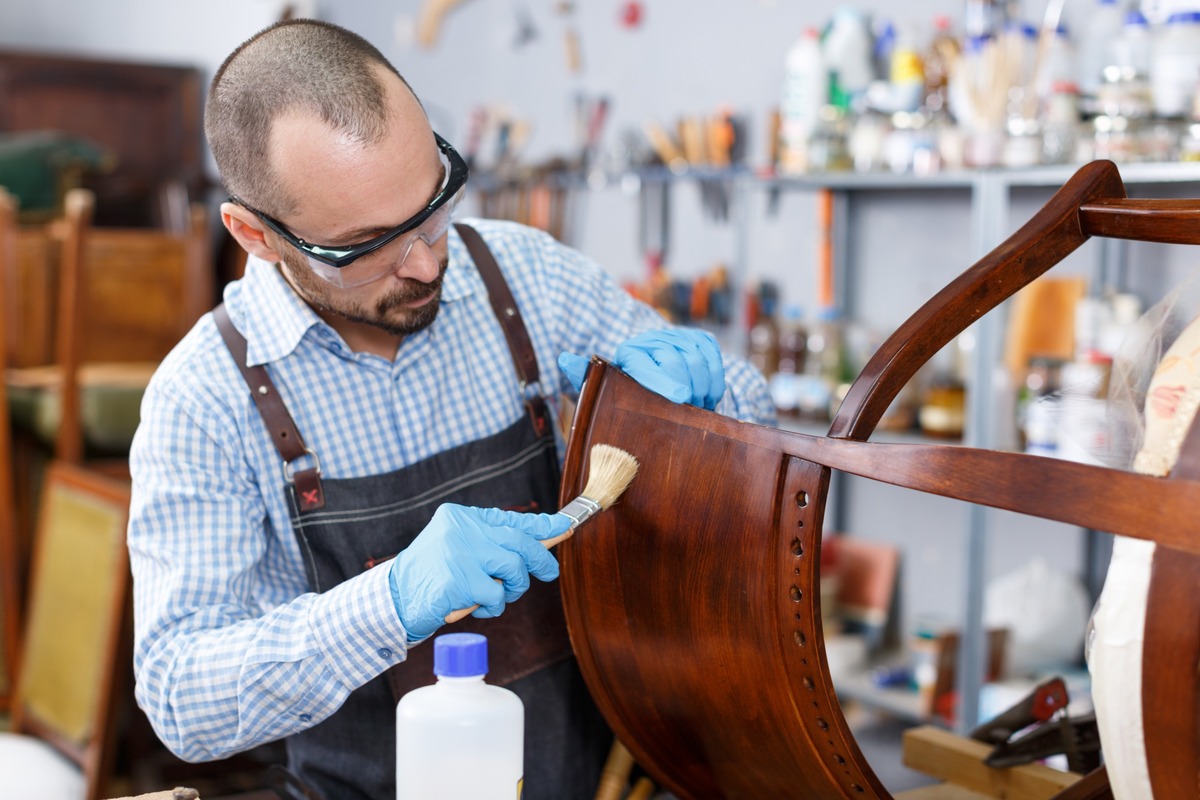


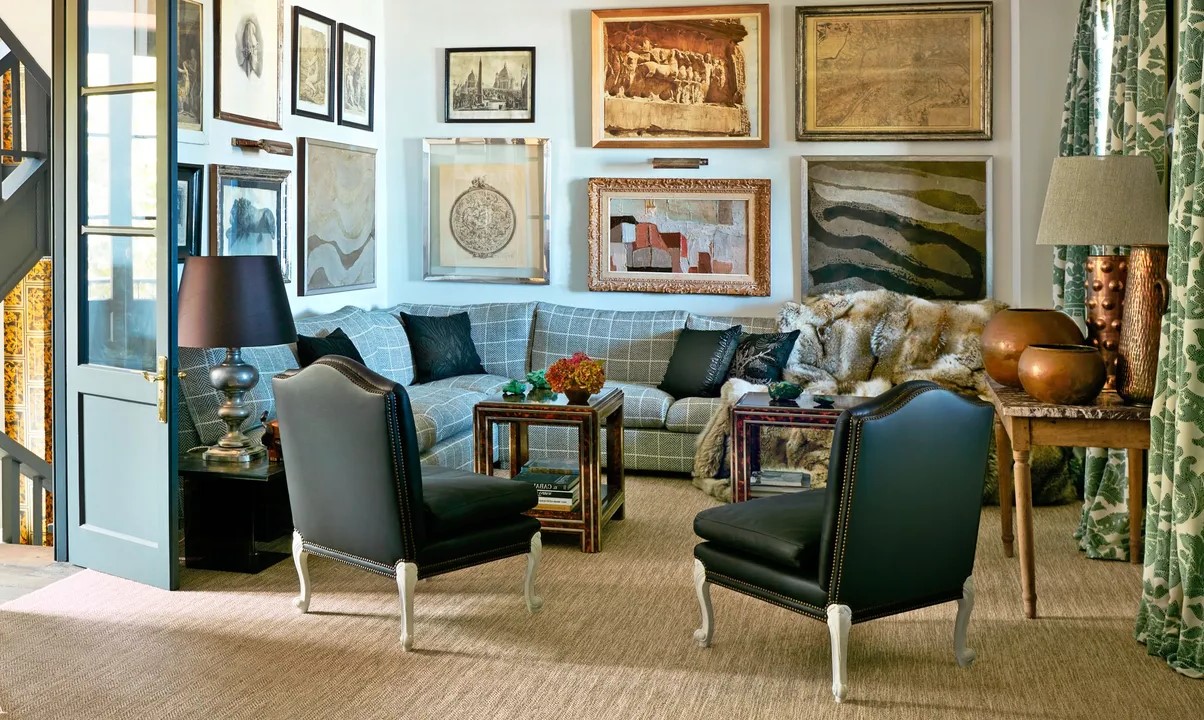



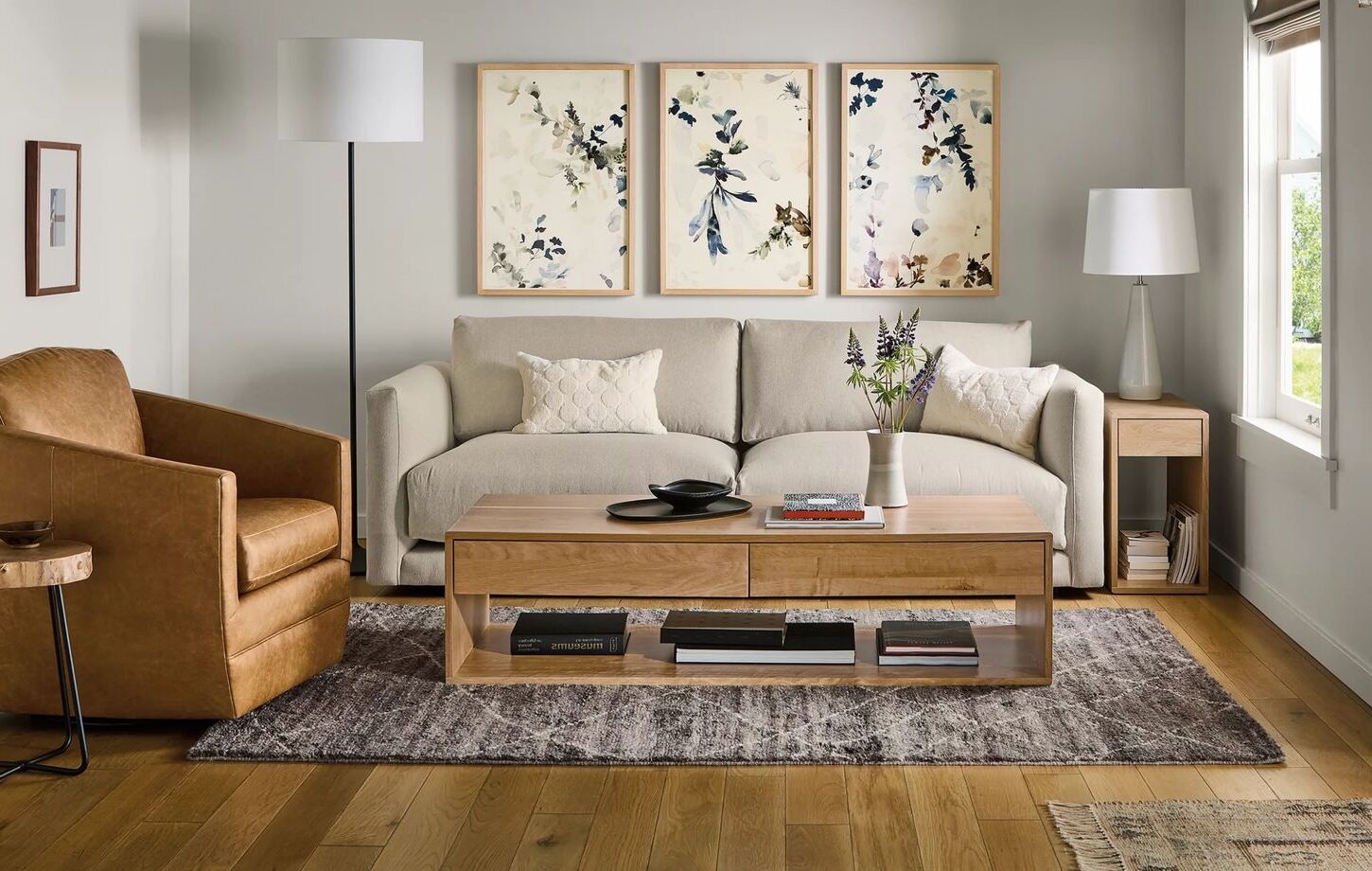
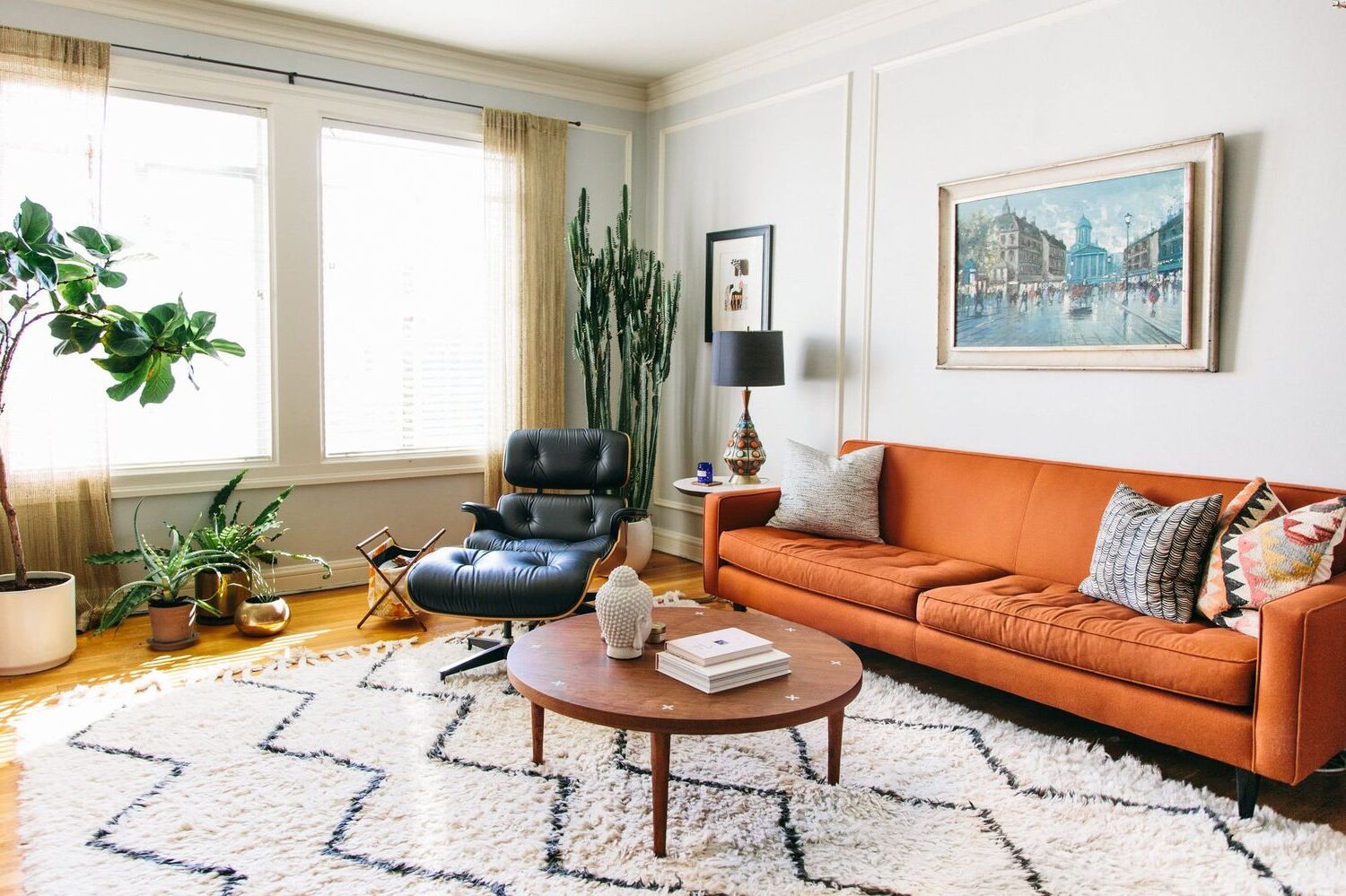
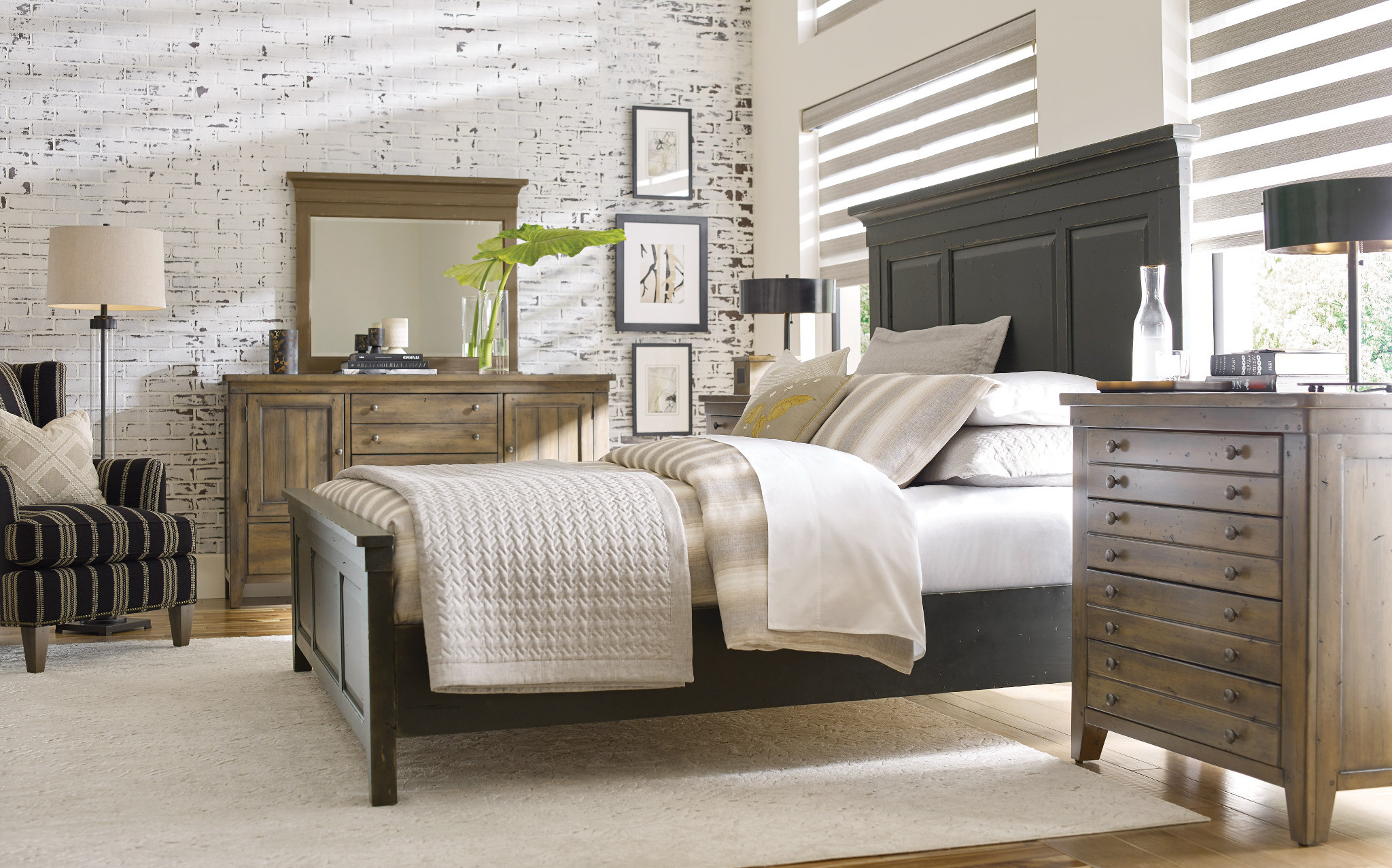
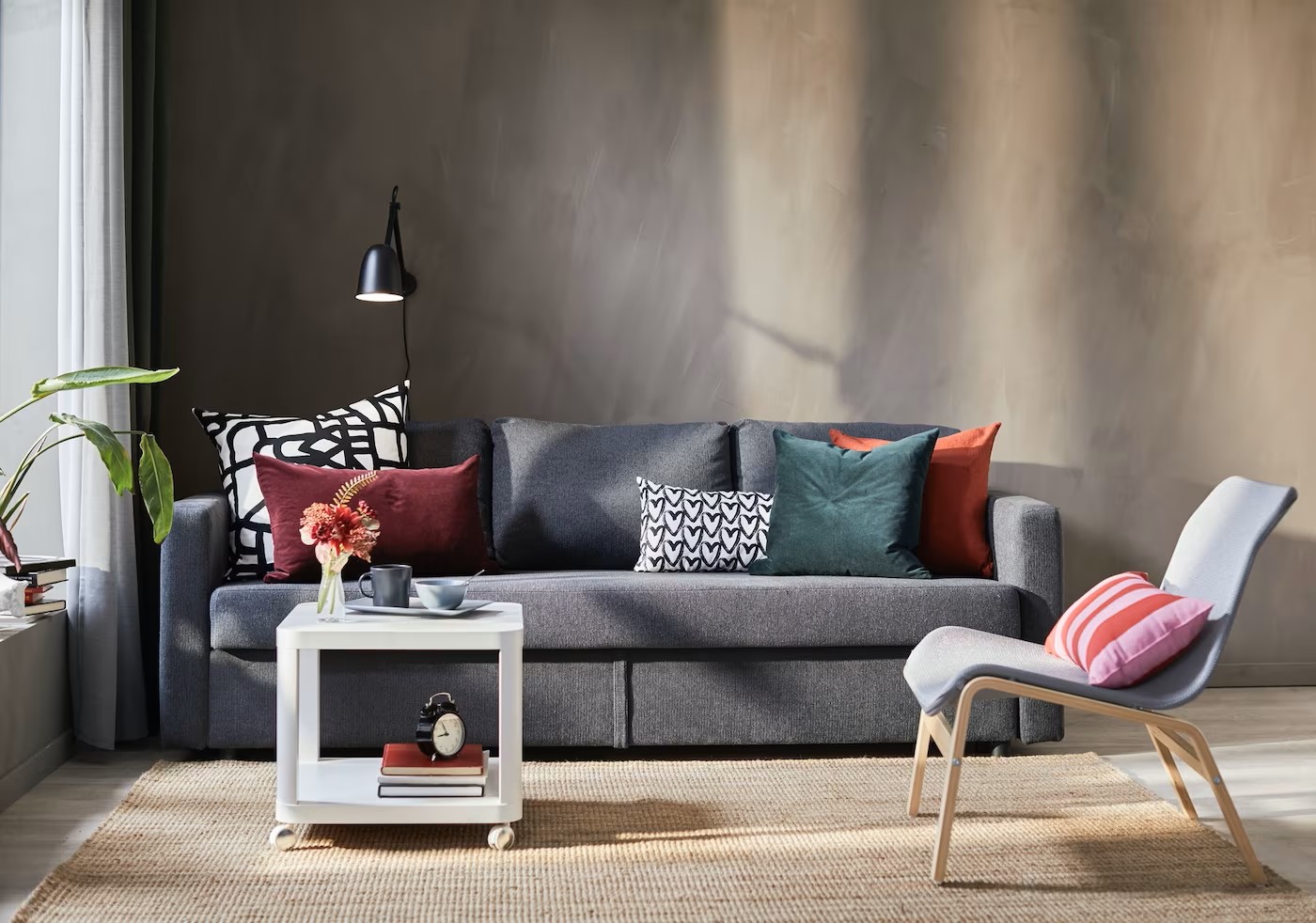


0 thoughts on “How To Become A Furniture Designer”